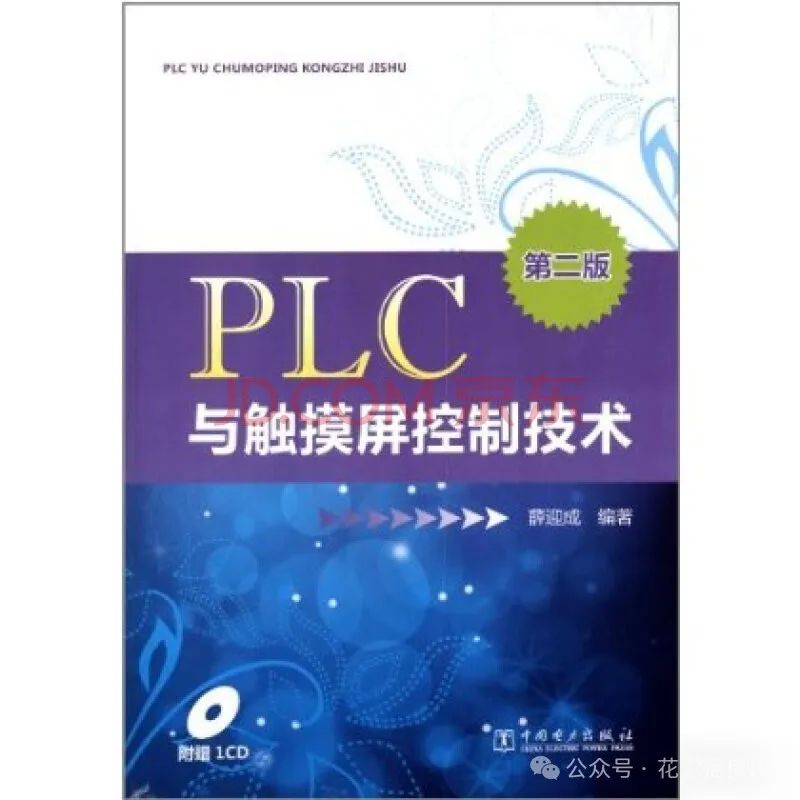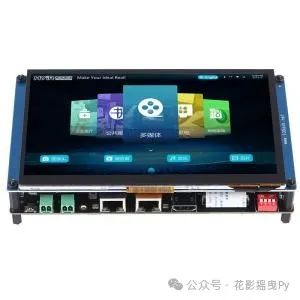1. Basics of Driver Development

In the world of computers, drivers act as “unsung heroes,” silently building a communication bridge between hardware and the operating system. They encapsulate the specifics of hardware devices to provide a unified and user-friendly interface for the operating system, ensuring the computer system operates stably and efficiently. Whether it is common hardware like graphics cards or printers, or our main focus today — touchscreens, they all rely on driver support.
For touchscreens, their drivers are crucial for achieving smooth human-computer interaction. They are responsible for real-time monitoring of touch operations on the screen, quickly and accurately transmitting information such as the touch position and sliding trajectory to the operating system, which then translates it into corresponding commands, allowing users to easily control the device through the touchscreen. Next, let us dive deeper into the journey of developing a C++ touchscreen driver.
2. Advantages of C++ Development

In the field of touchscreen driver development, C++ stands out with its many excellent features, becoming the preferred choice for many developers.
From a performance perspective, C++, as a compiled language, can directly compile programs into native instructions for the computer without the need for an interpreter, greatly enhancing execution speed compared to interpreted languages (like Python). In touchscreen driver development, quick response to touch operations is crucial, and C++’s efficiency ensures that the system can capture and process each touch input from users in a timely manner, providing a smooth and uninterrupted interaction experience.
The powerful object-oriented programming features of C++ offer great convenience for organizing and managing code. Through encapsulation, inheritance, and polymorphism, developers can modularize complex functionalities related to touchscreens into independent classes, tightly coupling data and operations, which not only enhances code readability and maintainability but also significantly improves code reusability. For example, when handling drivers for different types of touchscreens, inheritance can easily derive specific subclasses for resistive and capacitive touchscreens from a base touchscreen class, reducing repetitive code and enhancing development efficiency.
Good portability is another highlight of C++. C++ code primarily depends on compilers and standard libraries rather than specific operating systems, meaning it can run smoothly on different operating systems (such as Windows, Linux, Mac OS X, etc.) with little or no modification. This is significant for touchscreen driver development, allowing C++ to adeptly handle driver development for desktop computers, embedded devices, or mobile platforms, greatly expanding the applicability of the driver and reducing development costs.
3. Overview of Touchscreen Technology

Analysis of Mainstream Touchscreen Technologies
In today’s digital age, touchscreen technology has become one of the core methods of human-computer interaction, widely applied in various electronic devices, from smartphones and tablets to industrial control terminals and self-service machines. Different types of touchscreen technologies have their unique working principles, characteristics, and applicable scenarios.
Resistive touchscreens, as a more traditional and widely used technology, mainly consist of two layers of transparent conductive film separated by a small distance. When a finger or stylus presses the screen, the two conductive films come into contact under pressure, changing the resistance value at the contact point. By applying voltage across the conductive films and measuring the voltage changes at the contact point, the X and Y coordinates of the touch can be accurately calculated. The advantages of this type of touchscreen include relatively low cost and minimal requirements for the touch medium, allowing operation with fingers, styluses, or even gloved hands, and high accuracy in handwriting recognition, suitable for cost-sensitive scenarios needing precise handwritten input, such as early mobile phones, electronic dictionaries, and some industrial control devices.
Capacitive touchscreens work by utilizing the human body’s electrical sensing. They typically consist of a four-layer composite glass screen, where the inner surface and interlayer are coated with ITO (Indium Tin Oxide), and the outermost layer is a thin layer of glass for protection. The ITO coating in the interlayer serves as the working surface, with four electrodes extending from the corners. When a finger touches the screen, due to the human electric field, a coupling capacitor is formed between the finger and the working surface of the touchscreen. For high-frequency currents, the capacitor acts like a conductor, and the finger draws a small current from the contact point, which flows out from the electrodes at the four corners. The current flowing through these four electrodes is proportional to the distance from the finger to the corners, and the controller calculates the touch point’s position based on the precise ratio of these currents. Capacitive touchscreens have high sensitivity, fast response times, high light transmittance, and support for multi-touch, allowing for smooth gesture operations and providing users with an excellent interactive experience, making them the preferred choice for modern smartphones, tablets, and other consumer electronic products.
Surface acoustic wave (SAW) touchscreens utilize a unique sound wave propagation principle. They consist of a touchscreen, a sound wave generator, a reflector, and a sound wave receiver. The sound wave generator sends a high-frequency sound wave across the surface of the screen, and when a finger touches the screen, the sound wave at the contact point is obstructed, determining the coordinate position. This type of touchscreen is unaffected by environmental factors such as temperature and humidity, has extremely high resolution, excellent scratch resistance, a long lifespan (50 million touches without failure), high light transmittance (92%), maintaining clear and bright image quality; it does not drift and requires only one calibration during installation; and it also responds to a third axis (pressure axis), making it ideal for use in public places. It is commonly found in information kiosks, self-service devices, digital signature pads, and interactive digital billboards in large touchscreen applications.
Factors Affecting Driver Development
Different touchscreen technologies significantly affect the logic of touch event processing and hardware interaction during driver development.
For resistive touchscreen drivers, since they determine the touch position by detecting resistance changes, the driver program needs to accurately control voltage application, measure voltage values, and use specific algorithms to convert voltage values into screen coordinates. In terms of touch event processing logic, it must consider that different touch pressures may cause slight variations in resistance, optimizing the coordinate calculation algorithm to improve touch accuracy. In hardware interaction, close attention must be paid to the electrical connection between the conductive films and the controller to ensure stable voltage transmission and accurate response to resistance changes triggered by touch operations.
Capacitive touchscreen driver development focuses on handling the current changes caused by human capacitive sensing. The driver program must continuously monitor the current flowing from the electrodes at the four corners of the touchscreen, using complex mathematical operations to determine the touch point coordinates. The touch event processing logic needs to adapt to multi-touch scenarios, being able to simultaneously track the positions, movement trajectories, and gesture actions of multiple touch points, such as zooming and rotating, providing accurate gesture information to upper-level applications. On the hardware interaction level, the connections to the ITO coating and electrodes of the capacitive screen require high precision and are sensitive to electromagnetic interference; thus, appropriate shielding and anti-interference measures must be taken during driver development to ensure stable current signal acquisition.
The surface acoustic wave touchscreen driver revolves around the emission, reflection, and reception of sound waves. The driver program must control the sound wave generator to periodically send high-frequency sound waves, accurately receive and analyze the signals from the sound wave receiver. Once an obstruction of sound waves is detected, it quickly determines the touch point coordinates through signal processing algorithms. The touch event processing logic is relatively straightforward, mainly focusing on accurately determining the moment and position of touch occurrences. Due to its inherent high stability and non-drifting characteristics, subsequent processing is more efficient. Hardware interaction involves electronic components related to sound waves, such as generators, receivers, and reflectors; driver development needs to ensure these components work together, with precise control over sound wave frequency, intensity, and reflection paths being crucial, as any small deviation can affect the accuracy of touch detection.